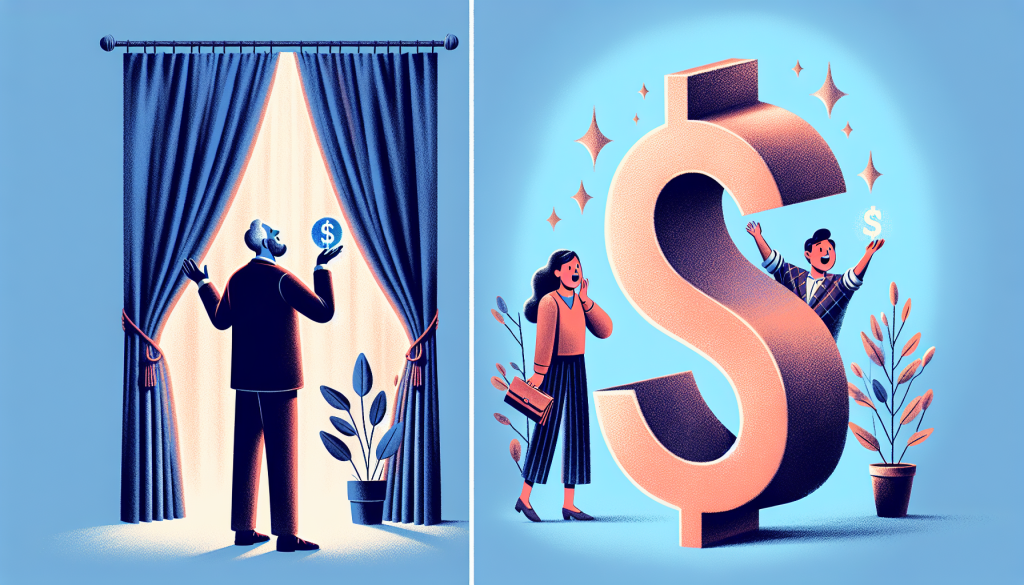
The Truth About Down Payments: How Much Do You Really Need?
The Truth About Down Payments: How Much Do You Really Need?
When it comes to purchasing a home or a car, you’ve probably heard that you need to have a down payment. But have you ever stopped to think about how much you really need? In this article, we’ll break down the truth about down payments and how much you actually need to save up in order to make that big purchase.
The Importance of Down Payments
But first, let’s dive into why down payments are necessary. A down payment is a percentage of the total price of the item, whether it’s a house or car, that you pay upfront. It’s often required by lenders as a way to show that you are serious about the purchase and to lessen their risk of loaning you a large sum of money.
For example, if you were buying a house for $200,000 and the lender required a 20% down payment, you would need to have $40,000 saved up to put towards the home. The remaining $160,000 would then be financed through a mortgage.
How Much Do You Really Need?
The general rule of thumb is that most lenders will require a down payment equal to 20% of the total price. However, this isn’t always the case. Depending on your credit score and financial standing, some lenders may allow for a lower down payment, sometimes as low as 3-5%. But beware, a lower down payment often means a higher interest rate and additional fees.
So, how much do you really need? It ultimately depends on your financial situation and what you’re buying. For example, cars typically require a lower down payment, usually around 10-20%, while houses usually require that 20% mark. It’s important to do your research beforehand and have a good understanding of your financial capabilities.
How to Save for a Down Payment
If you’re thinking about making a large purchase like a house or car, it’s never too early to start saving for a down payment. Here are some tips for saving up that 20%:
- Create a budget and stick to it. Cut out unnecessary expenses and save that money instead.
- Pick up a side hustle or part-time job for some extra income.
- Consider using a high-yield savings account specifically for your down payment savings.
- Set a timeline for yourself and make sure to stay on track with your savings goals.
Remember, the larger your down payment, the lower your monthly payments will be, which can save you money in the long run. Plus, with a larger down payment, you may be able to receive better interest rates from lenders.
Final Thoughts
In conclusion, the truth about down payments is that it ultimately depends on your financial standing and the item you’re looking to purchase. While most lenders will require a 20% down payment, there are exceptions to this rule. It’s important to do your research and save accordingly to ensure a smooth and successful purchase in the future.
